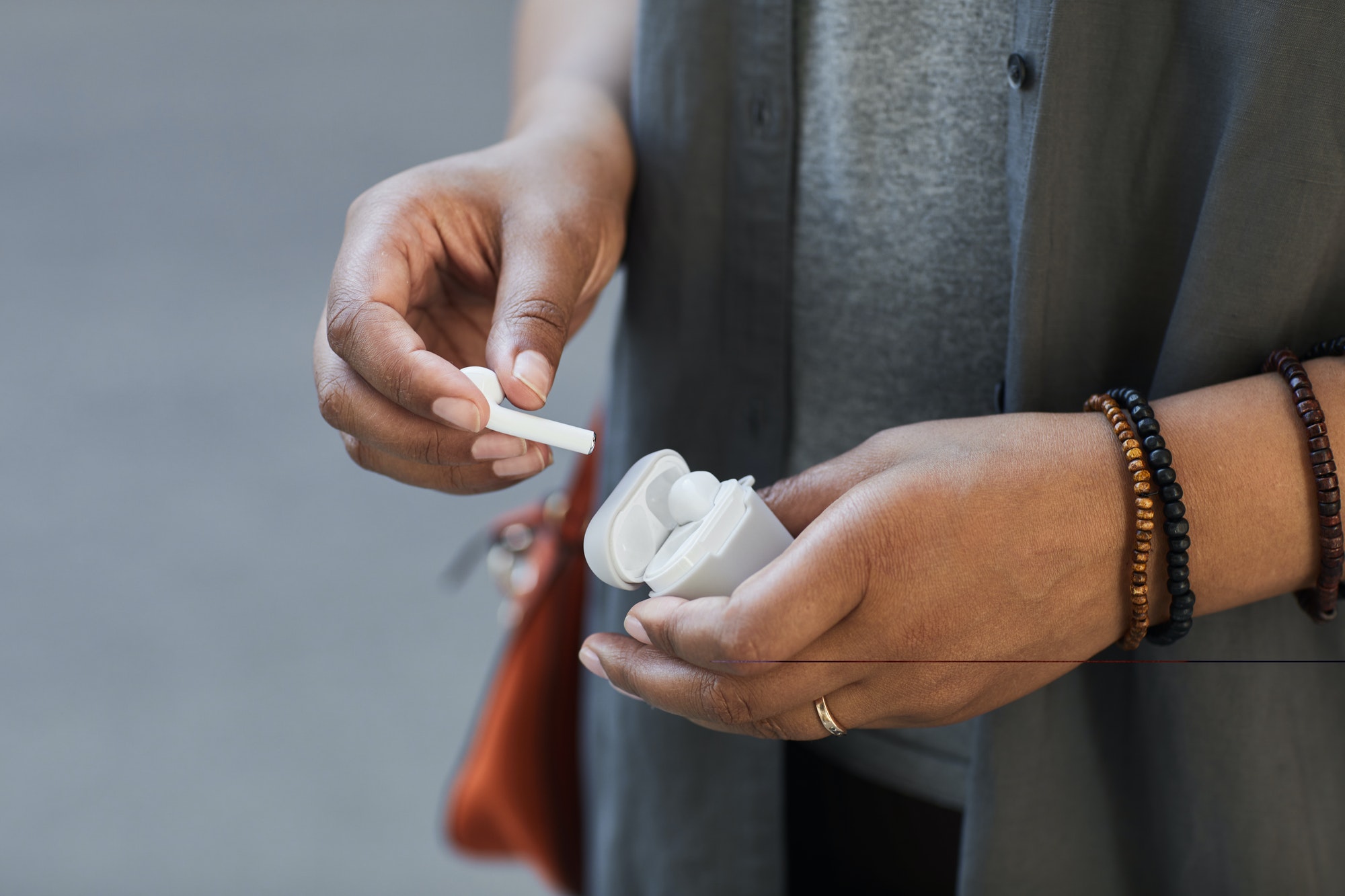Bluetooth is short-range, wireless data protocol designed for sending and receiving
data over a secure 2.4GHz network. Bluetooth 1.0 to 3.0 is normally
called classic Bluetooth includes three technology modes: BR, EDR, and HS
(AMP). Bluetooth 4.0 and 4.X introduced the sub-standard Bluetooth Low Energy
(BLE) that co-exists with the classic Bluetooth. Bluetooth 5.0 has improved speed and greater range which is faster and can operate over greater distances
than older versions of Bluetooth.
Bluetooth and BLE are used for different applications. While classic Bluetooth
is able to handle a lot of data, it costs a lot more and consumes battery life
quickly. BLE is used for applications that dont need to exchange large amounts
of data, which allows them to run on battery power at a lower energy cost. Classic
Bluetooth is mainly used for audio, such as wireless telephone connections,
wireless headphones, and wireless speakers. Bluetooth Low Energy often use in
wearable devices, smart IoT devices, fitness monitoring equipment, and batterypowered
accessories such as a keyboard. Classic Bluetooth can be powered by
batteries, but BLEs power requirements are lower even by button batteries.
It should notice that Classic Bluetooth is incompatible with Bluetooth Low Energy
(BLE) but there is a dual mode Bluetooth that can work with both types
Bluetooth. Most smartphones and tablets today have Dual-Mode Bluetooth
chipsets. Bluetooth 4.0 supports 50m in outdoor range and 10m in indoor
range, whilst Bluetooth 5.0 supports 200m in Line Of Sight path in outdoor environment
and 40m in indoor environment.
The Bluetooth specifications are developed and licensed by the Bluetooth Special
Interest Group (SIG). To be marketed as a Bluetooth device, it must be
qualified to standards defined by the SIG. For qualifying a Bluetooth product,
company should join as an associate or adapter member of Bluetooth SIG. The
product will be tested by a Bluetooth Qualification Test Facility (BQTF) laboratory
under SIG specification. After qualified, then can applying the Bluetooth trademarks
to the product and all qualified end products must be listed on the End
Product Listing (EPL).



